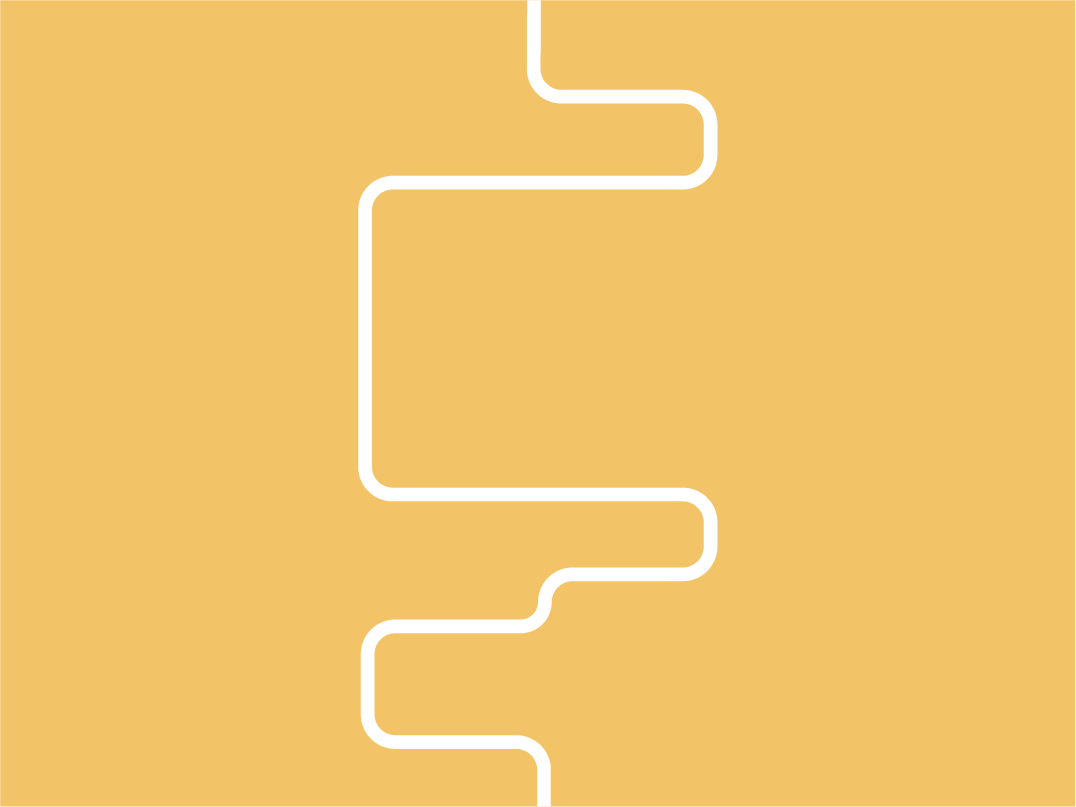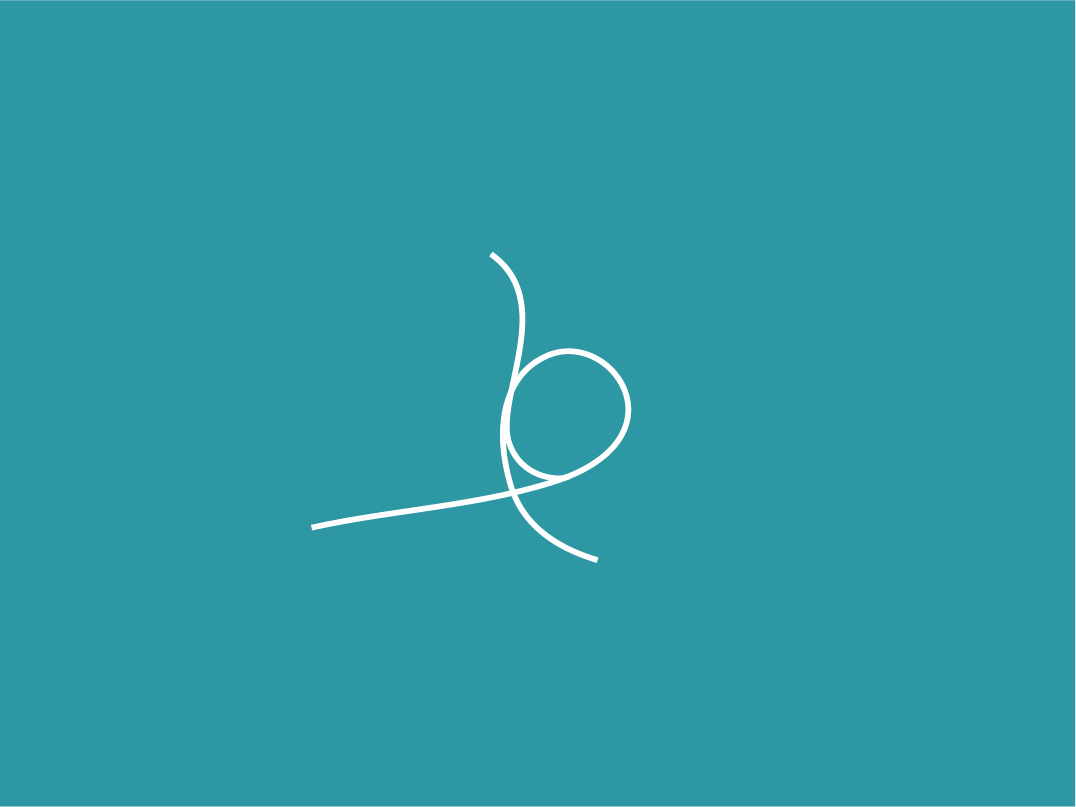How is one of the oldest professions in the world similar to one of the newest?
In short: Design Thinking
In many User Experience Design courses, Architecture and blueprint are used as metaphors to explain how it works. This on its own is an evidence of how both professions correlate. The similarities go beyond the blueprints; the design process and soft skill required to the job are identical.
Project diversity is another thing in common between these two fields. Architects can face the challenge of designing hospitals, industries and hotels. In the same way, User Experience Design, or UXD, can be challenged to design content for hospitals, industries and hotels.
The users are the main focus in both professions. Similarly, they navigate through are building or an interface to reach a desired destination.
Designing process
Although the steps are called differently, the design process aligns with each other. In both, Architecture or User Experience Design, the initial step is research. This includes meeting with all parties involved in the project, gathering all documentation, and in the case of UXD, run surveys as well. In other words, understand the project to define the problem.
After defining the problem, the ideation or Schematic Design phase takes place. To achieve their goals, both professionals use sketch ideas and produce prototypes to test it. In the case of architecture, prototypes can be 3D prints, paper mockups and 3D models. UXDs’ use paper and mockups and wireframe software for the same purpose.
When the team and stakeholders are satisfied with the proposal, the final deliverable starts to be produced. Architecture timeline is quite stretched if compared to UXD, and it goes from Design development till Construction drawings, which means progressively adding details to the project. This is also a way to test if the building works as intended.
Architectural Steps
Understand
Schematic Design
Design Development
Construction Document
Construction Administration
UX Design Steps
Empathize
Define problem
Ideate
Prototype
Test
Constructive Principles
The main thing common between Architecture and UX is that they both work designing a product. One physical and the other is digital (Mostly).
When it is about Design, it follows principles that it is applicable no matter the profession. Hierarchy, balance, proximity, contrast, repetition, rhythm and alignment are some of the principles vastly used to design building and interface. As a result, the product becomes functional and pleasant to the user.
Take Away
Vitruvius, an architect who lived in ancient Roma, was the first to write about UX design. In his 10 books of architecture (the first book about architecture known), he shows a great concern with the user and functionality of the buildings and city. In addition, he preached 3 timeless principle Firmitas (Durability), Utilitas (functionality), and Venustas (beauty), which are nowadays the foundation of architecture and UX design.



